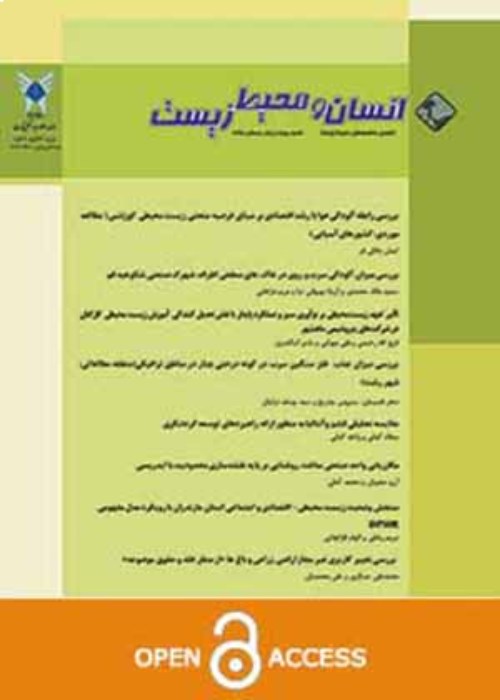Investigating the effectiveness of the Paris Agreement in domestic climate change lawsuits from the perspective of international law
DThe present study was conducted with the aim of modeling energy consumption in the main building of Tehran Municipality, District 5, and in order to determine the type and manner of energy consumption. Design Builder software was used for modeling. The four modeling scenarios were the current state, the use of a movable canopy, the use of a photovoltaic panel, and the combined state. The results showed that the penetration air load coefficient is equal to 3132.5 W/K. Most of the heat received from the sun's heat comes from incoming radiation from the windows of the building. Red and blue are also related to the perceived load of heating and cooling of the building. The highest heat dissipation in cold seasons is related to the roof and glass of the building. Brightness is 54% of the points in the standard range, 2% of the points have more brightness than the standard and 44% of the points have less than the standard brightness. As can be deduced from the available results, the lighting condition (based on the installed capacity per unit area) of this building is higher than the world standards, which can be reduced to some extent without affecting the indoor comfort conditions. According to studies, the shortcomings of the building are significant from an energy perspective. So that the average heat transfer coefficient of the walls is 2.5 times the standard value of topic 19 and the average heat transfer coefficient of the windows is 1.7 times the standard value of topic 19. Also, the average ceiling heat transfer coefficient is 2.2 times the standard value of topic 19. By using smart canopies, the cooling and heating energy has been reduced by 12% compared to the building in the ground state. On the other hand, based on the modeling, it is determined that the total electricity consumption of the building during a year is 1074146 kWh that the panels can produce 88437 kWh during the year. Accordingly, the panels are capable of generating 15/3% of the building's electricity needs.
- حق عضویت دریافتی صرف حمایت از نشریات عضو و نگهداری، تکمیل و توسعه مگیران میشود.
- پرداخت حق اشتراک و دانلود مقالات اجازه بازنشر آن در سایر رسانههای چاپی و دیجیتال را به کاربر نمیدهد.


